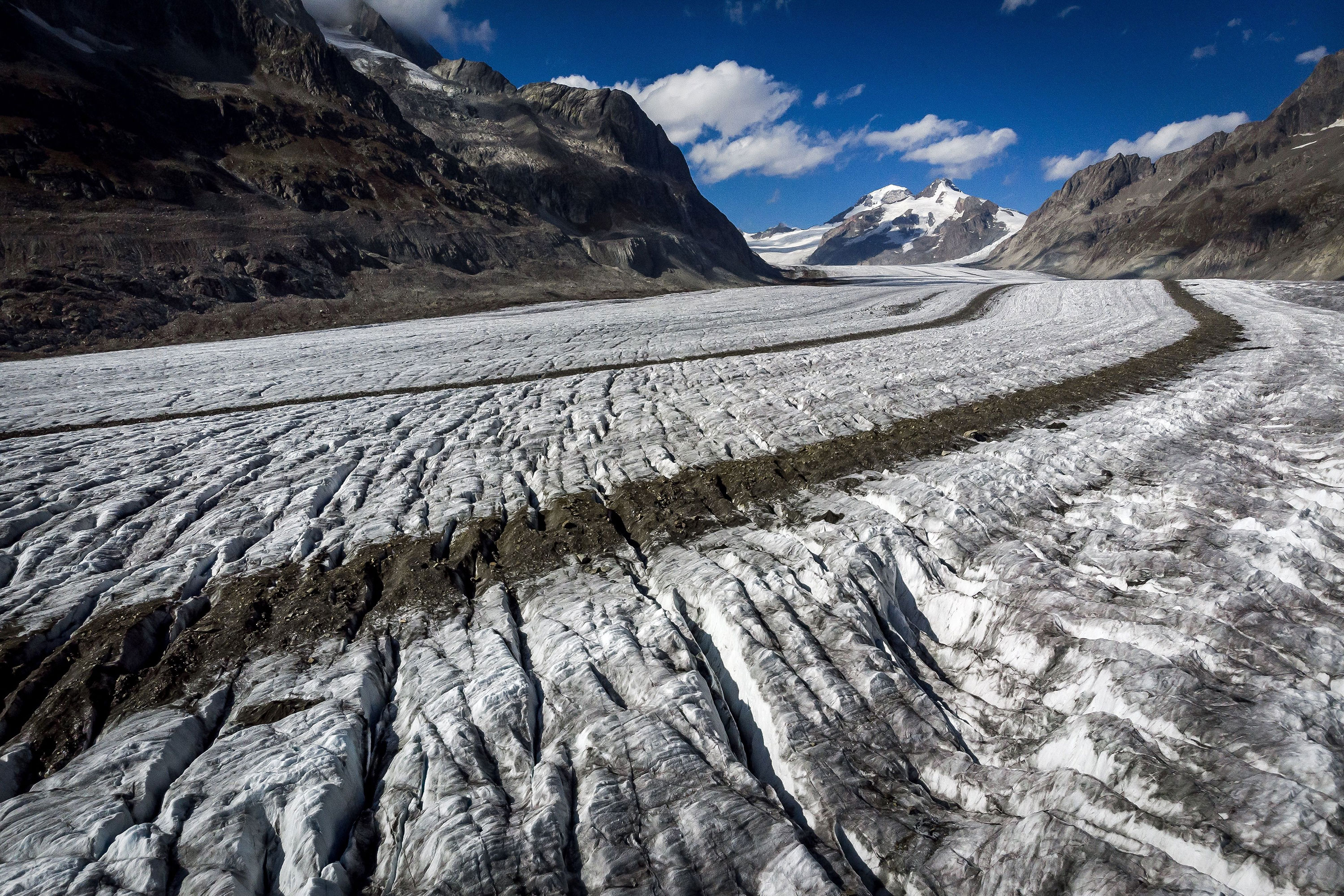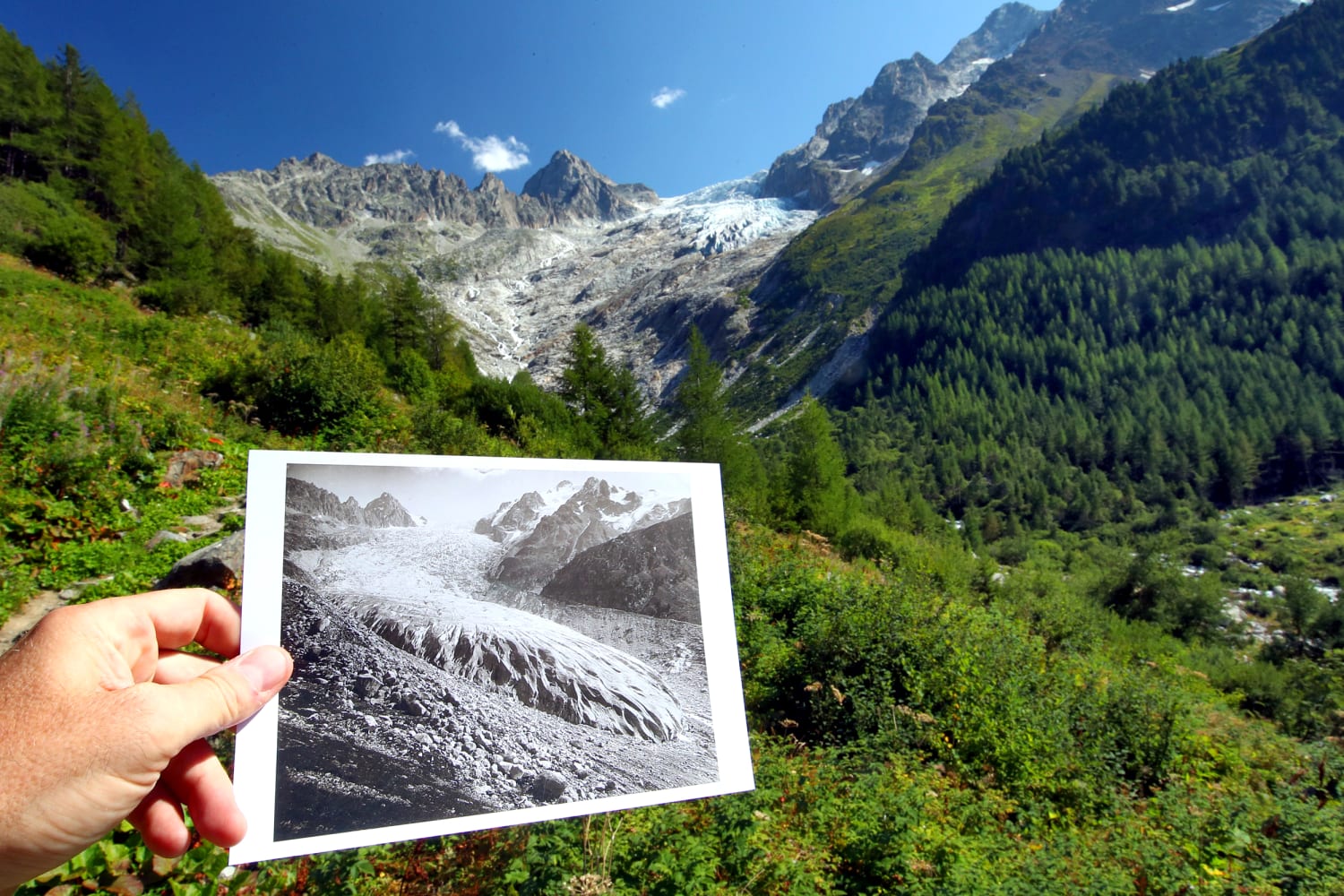
A new study reveals in addition to the accelerating melting, the Swiss glaciers shrunk by half their volume since 1931. Here’s what the latest research reveals.
Melting ice and mountain
On Monday, Swiss researchers revealed a shocking reduction in the volume of the Swiss glaciers. The study is the first reconstruction of ice loss in the 20th century. Researchers from the Swiss Federal Institute for Forest, Snow and Landscape Research WSL and ETH Zurich stated they were successful in reconstructing the topography of glaciers in 1931. Hence, it is easier to understand their evolution. Climate change is closely monitored since the 2000s and has been pushing for a rapid glacier melt. However, there are no definite methods to show glacier changes in the 20th century.
“Based on these reconstructions and comparisons with data from the 2000s, the researchers conclude that the glacier volume halved between 1931 and 2016,” stated the researchers. Published in The Cryosphere, the researchers used data from the TerrA image archive. The archive covers around 86 percent of Switzerland’s glaciers. The data compilation is following the analysis of 21,700 photographs between 1916 to 1947.
Swiss glaciers: Before and after

To perform the reconstruction, glaciologists use stereophotogrammetry. the technique is used for the determination of the nature, position, and shape of any image using image pairs. Side-by-side image pairs reveal the same spot, nearly a century apart. They reveal a dramatic change. For example, the Fiescher Glacier resembles a huge sea in 1928. However, in 2021, it was a lush green mountainside with a few specs of white. They used 1931 as a mean reference year for reconstructing the surface topography.
“If we know the surface topography of a glacier at two different points in time, we can calculate the difference in ice volume,” stated Erik Schytt Mannerfelt. Mannerfelt is the lead author of the study. Additionally, researchers added that Swiss glaciers didn’t continuously recede. There was a sporadic growth noted in the 1920s and the 1980s. “Our comparison between the years 1931 and 2016 clearly shows that there was significant glacial retreat during this period,” stated Daniel Farinotti. Farinotti is a professor of glaciology at ETH Zurich and WSL. Additionally, he is also the co-author of the study.






